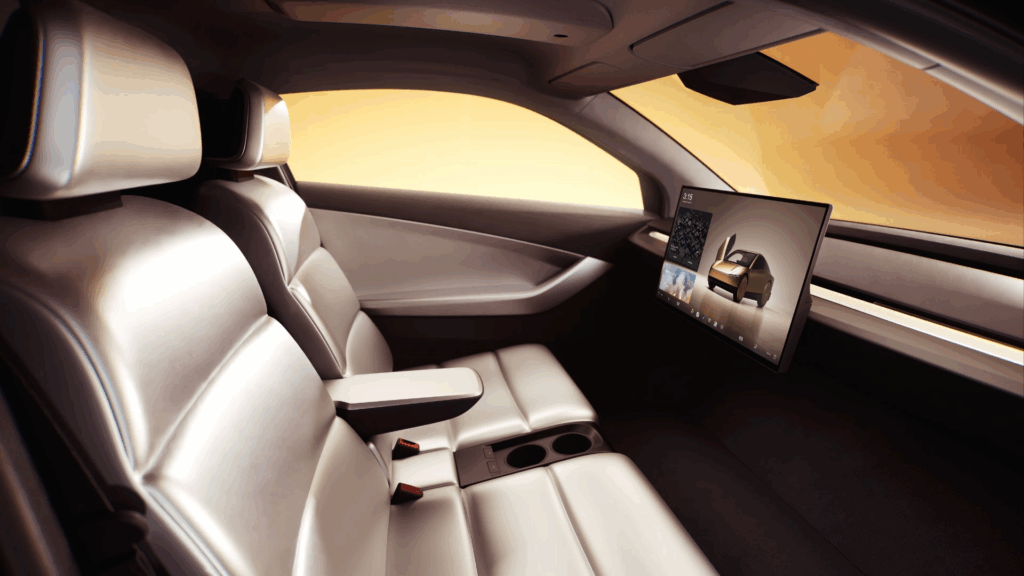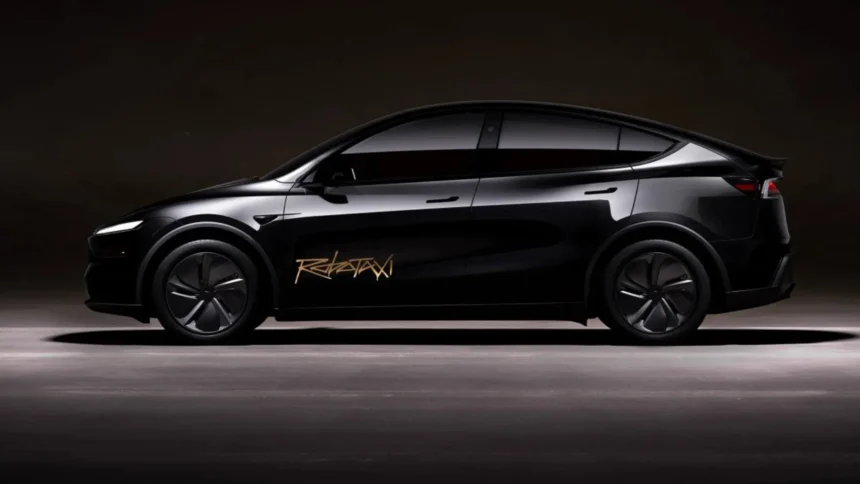Tesla pushes the boundaries of autonomous driving with its robotaxi program. The company wants to offer fully driverless rides to customers in the near future. But with this ambitious leap comes a critical question: can Tesla’s robotaxis be hacked? The safety and security of self-driving cars are paramount. Tesla is actively testing and probing its systems to identify vulnerabilities before scaling the service.
What’s Happening & Why This Matters
Tesla’s robotaxi fleet represents a massive step forward in autonomous vehicle deployment. These driverless cars promise convenience, reduced traffic accidents, and new business models for urban mobility. Yet, the increasing reliance on connected software systems opens the door to cyberattacks. Hackers could potentially take control of vehicles remotely, risking passenger safety and public trust.
Recognizing this risk, Tesla is conducting rigorous security testing to mitigate it. This includes simulated hacking attempts and real-world penetration tests. Tesla’s security teams examine how well the car’s AI, communication networks, and software layers defend against intrusion attempts. The goal is to ensure no malicious actor can seize control of robotaxis.

Tesla CEO Elon Musk publicly acknowledged these cybersecurity challenges during recent statements. He emphasizes the company’s commitment to creating a bulletproof system before mass deployment. Musk said, “Safety and trust come first. We must anticipate and prevent any hacking risks before opening robotaxis to the public.”
Experts in automotive cybersecurity applaud Tesla’s proactive approach. A security analyst from CyberSafe Labs explained, “Testing for vulnerabilities before launch is essential. Autonomous cars operate differently from traditional vehicles, so their attack surfaces differ too.”
Beyond safety, cybersecurity issues impact the broader adoption of autonomous vehicles. Incidents of hacking could slow regulatory approvals and public acceptance. Tesla’s efforts to harden its robotaxi systems indicate EV leaders tackling these risks early.
Tesla also collaborates with external security researchers through bug bounty programs. This crowdsourced testing brings diverse perspectives and hacking techniques to uncover hidden flaws. It strengthens Tesla’s defenses against evolving cyber threats.

The stakes are high because robotaxis handle not only vehicle control but also sensitive passenger data. Privacy protections and secure communication channels are equally vital. Tesla integrates encryption and isolation mechanisms to shield user data from exploitation.
Ongoing security scrutiny helps Tesla prepare for a future where robotaxis operate independently in complex urban environments. The importance of cyber resilience is the backbone of next-generation transportation.
TF Summary: What’s Next
Tesla is actively stress-testing its robotaxi fleet to prevent hacking risks. This vigilant cybersecurity approach secures passenger safety and bolsters user trust. As Tesla affirms its defenses, other autonomous vehicle makers will adapt and adopt comparable safeguards.
The success of Tesla’s robotaxis depends not only on AI and sensors but also on airtight cybersecurity. The company’s focus is safe, reliable driverless mobility.
— Text-to-Speech (TTS) provided by gspeech


